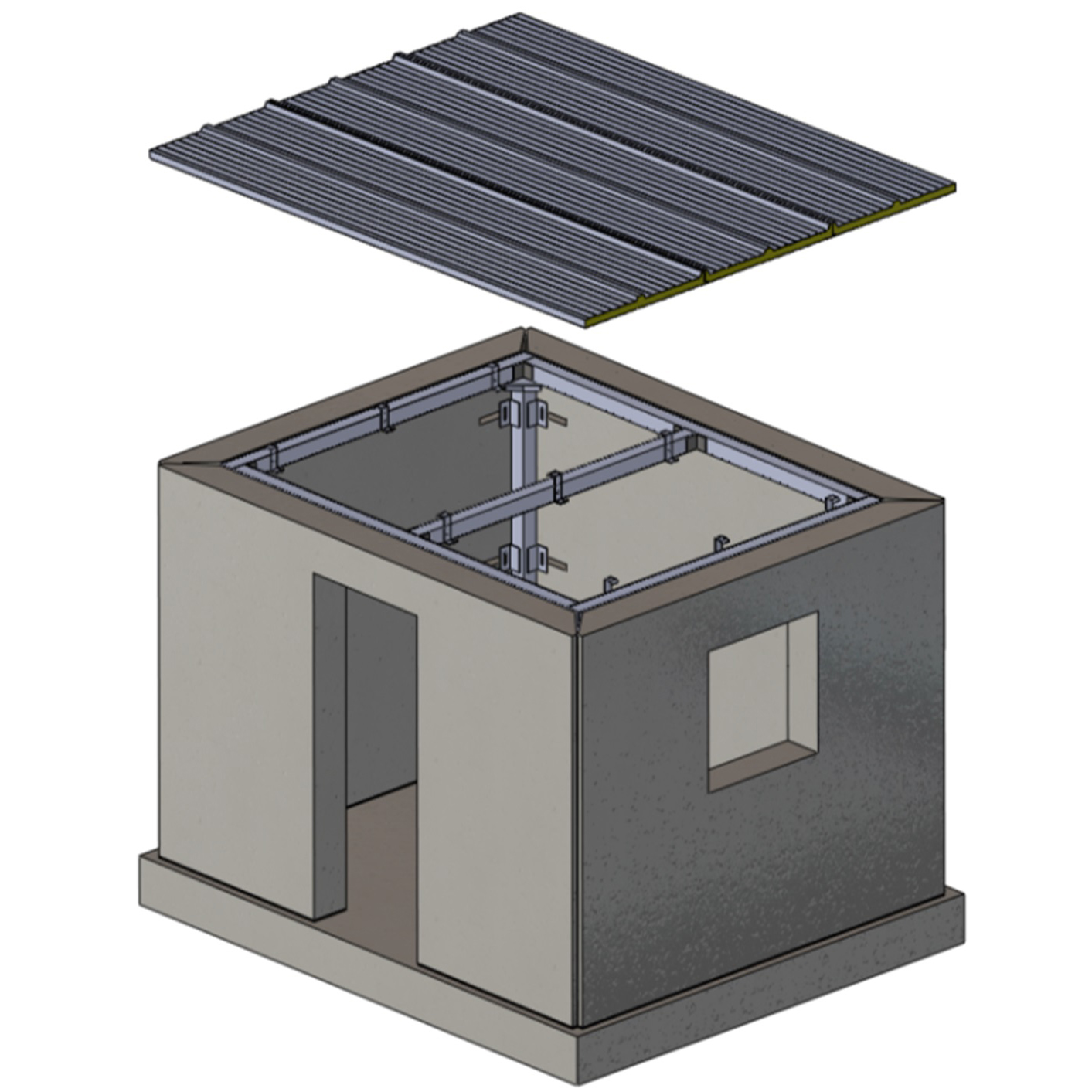Buildings are born, grow, and die like living beings. However, the ecological footprint of their passage through this world is far from ideal. Brick, concrete, metal, plastic… At the time of demolition such debris tend to end up in a landfill or, in the best of cases, are used as filler. These materials are called Construction and Demolition Waste (CDW). In the European Union alone, each year 461 million tons of these compound wastes are generated, and in many cases they are difficult to recycle. Their treatment lacks a holistic approach that takes into account the entire process of buildings from the moment they go up until the end of their useful lives.
And that is the H in HISER (Holistic Innovative Solutions for an Efficient Recycling, or Innovative Holistic Solutions for Efficient Recycling). It is a European project that teamed up numerous companies and research centers such as ACCIONA, Tecnalia Research & Innovation, Lafarge Centre de Recherche, University of Leiden or ADR Technology, among others.
The mission? To bring the principles of the circular economy to the process of construction and demolition of buildings and infrastructures. That is, taking maximum advantage of the resources and producing zero waste.
“HISER intends to bring the principles of the circular economy to the process of construction and demolition of infrastructures.”
So far that’s all well and good, but what exactly does HISER consist of? This circular economy project includes three main areas of focus.
- One of the first issues is the harmonization of methodological solutions and tools to control the type, quality, and quantity of materials that are to be used in the construction of a project, and what the resulting CDWs will be. To do so, a new Smart BIM-SD (Building Information Modelling) tool and a tracking system of materials that allows for the classification and inventory of exploitable resources have been developed.
- Development of technologies to produce high-purity raw materials. Once the amount and quality of CDWs is established, it’s time to find a way to recover them. Using methods of selection, trituration, and selective electro-fragmentation, the aim is to produce commodities that are between 80% and 100% pure. These technologies will be supplemented with systems that analyze the quality of the raw material obtained, a key aspect in the durability and reliability of structures. It is estimated that these measures will be 20% more efficient than regular recycling solutions.
- Use of new building materials. After producing these commodities from CDWs, the next step is to replace or complement the raw material with new materials. These include a cement with a carbon footprint 10% less than the current one, a green concrete containing more than 1,300 kilograms of materials added per cubic meter of new concrete, bricks containing 10% recycled materials or drywall composed of 50% recycled material, including fibers from wood and wool.

A proof of concept in Madrid
HISER is now a reality thanks to the first tests on the ground. Following a pilot test carried out in Finland, where the Finnish State Forests Division (Metsahallitus) contracted the construction of new environmentally-friendly huts for storing wood by using WPC (wood and plastic composite) that integrates clean wood, painted wood and pieces of medium-sized composites together with rock wool from recycled materials, ACCIONA has made its own demonstration in Madrid. There, it is implementing technological solutions based on the circular economy principles of the project by using gypsum fractions and stony fractions of CDWs.
In this case, the construction of two modules is under way. The first one makes use of concrete panels from recycled concrete and gypsum panels with a 7.5% of recycled gypsum. The second one, as the reference model, uses conventional concrete and gypsum panels. The built modules basically comprise a steel structure tethered to a slab of concrete with premade concrete panels that become the surrounding walls of the building, embedded in a steel frame and standing on top of the concrete slab laid on the floor.
The physical parameters of both modules will be monitored under real conditions, measuring the energy efficiency and comfort provided by the said concrete and gypsum panels. Temperature, warmth flow, energy consumption and moisture will be the main ones.
The composition of the concrete has been customized to include recycled sand and gravel from a CDW-treatment plant with an automatic classification system that works with sensors.
Sources: HISER Project